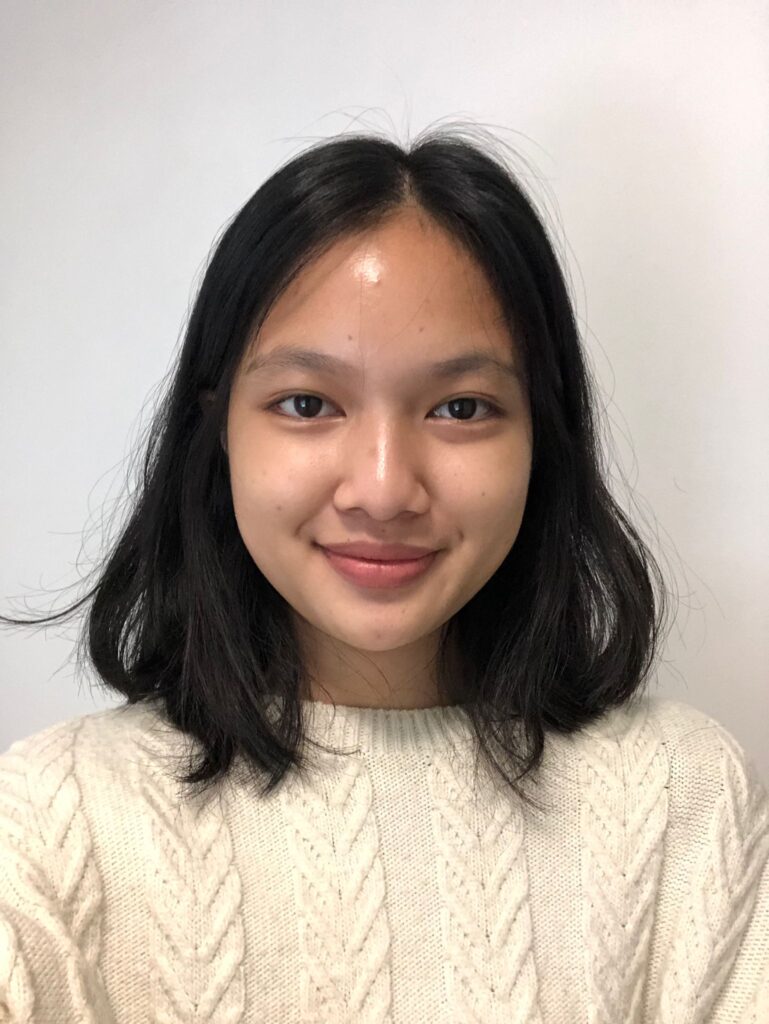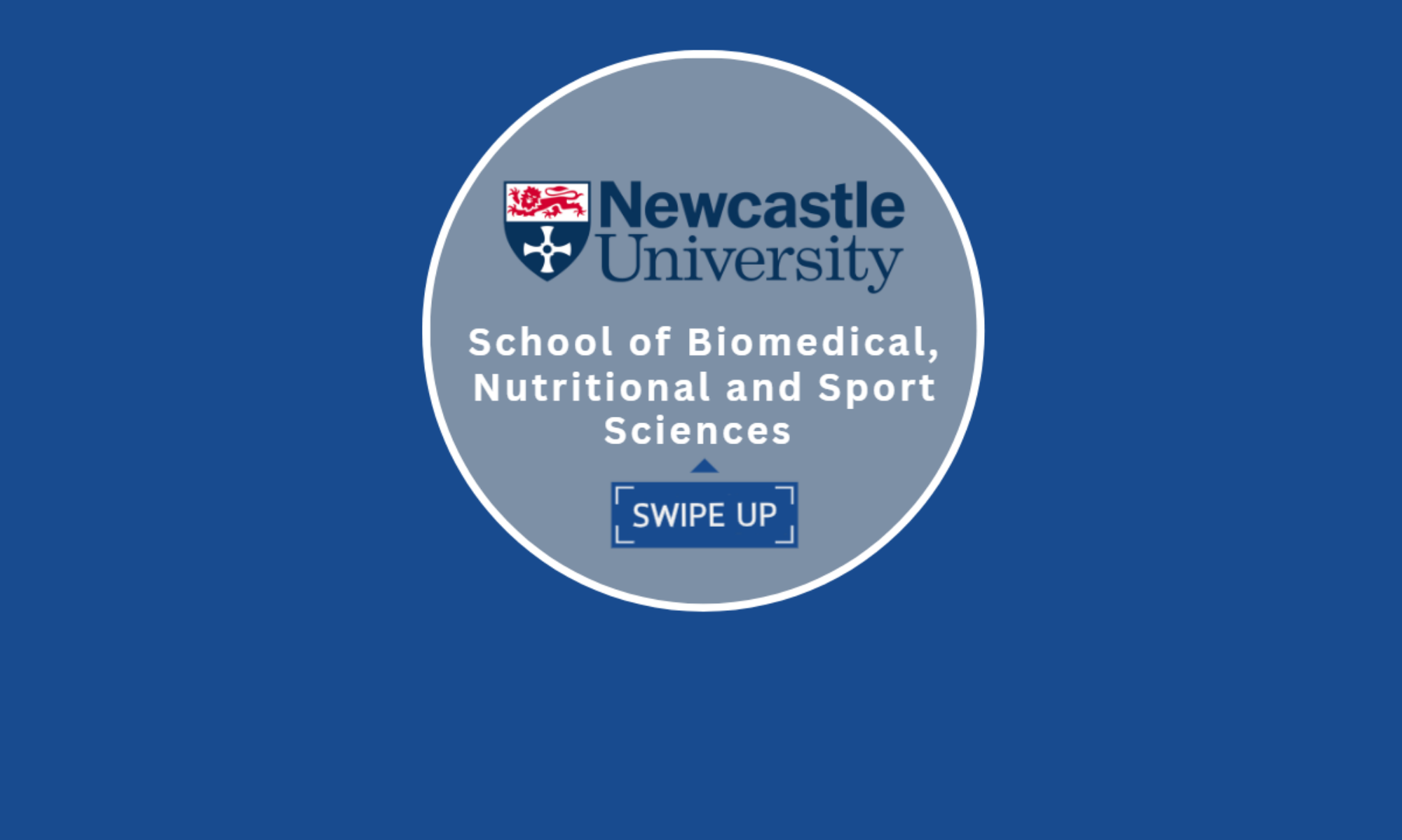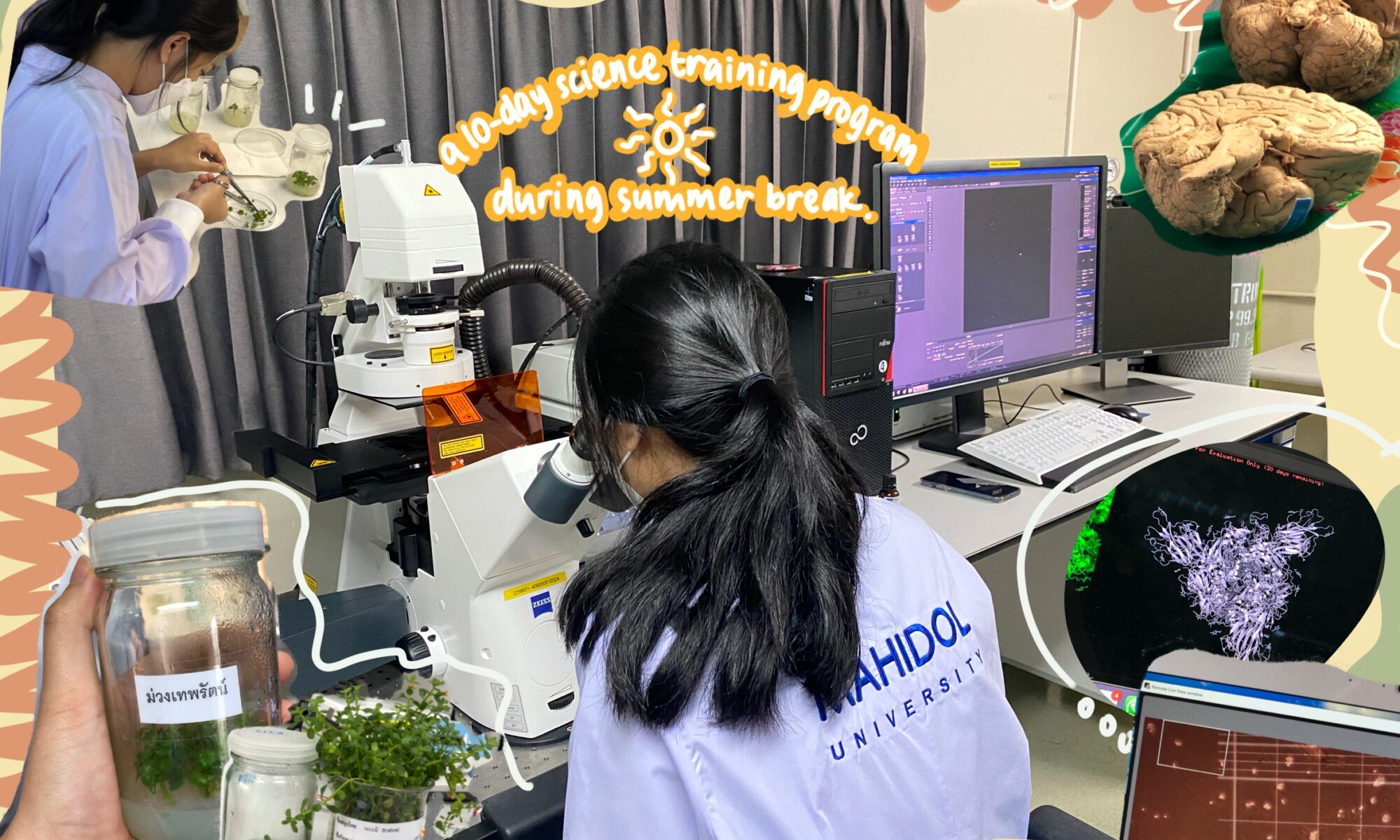
By: Cornelia V. Genika BSc Biomedical Sciences
Hi! I am Cita, from Indonesia, and a stage 2 student of Biomedical Sciences, and here I would like to share my experience joining a 10-day science training program in Thailand during the summer break!
Over the summer I joined a science training program ran by Mahidol University in Thailand. I was introduced to this program by my friend, and I decided to join it as I thought this would be a great opportunity for me to develop the lab skills that I have gained throughout the first year and gain new scientific knowledge, meet new people, and build connections, as well as improve my CV.
The program was comprised of hands-on lab experience relating to molecular biology, cell and tissue culture, microscopy, medical diagnosis, and neuroscience. Lectures on topics related to the practical sessions were also given by the professors from the university to give an overview, and were all delivered in English.
On the first day, the participants were welcomed with an intro lecture and tote bags that included a handbook, notebook, water tumbler, lanyard, and an access card to the university facilities. Then, we continued with a lecture and lab sessions about Polymerase Chain Reaction (PCR), agarose gel electrophoresis, protein purification, and yeast culture preparation. This PCR process was aiming to introduce a fluorescent protein called mCherry into a yeast genome to tag asparagine synthase (ASN2) inside the yeast. After that, the first day was finished with a computer session on how to edit a yeast plasmid and do primer design using ApE software. Operating the software for the first time was quite challenging for me to be honest, but I got some help from the staff and my teammates, so I managed to get used to the software thanks to them, and despite that it was still fun.

For the next days, we continued working on the yeast that was already fluorescently tagged with mCherry on the first day. The same type of yeast but containing a different fluorescent protein, called GFP, to tag ASN1 in the yeast genome was also used. Each fluorescently tagged protein would excite different colours, red and green when the yeasts were visualised under a fluorescence microscope. This visualisation was to see if the two proteins could form structures independently or co-assemble, and a yellow colour would occur when proteins co-assemble. Fluorescent technology and PCR-based yeast genome engineering was my most favourite part.

Many more topics were taught over the 10 days of the course. I got the opportunity to perform animal cell culture which involved media preparation, cell incubation, detaching cells from a petri dish inside a biosafety cabinet, and cell counting with a counting chamber seen under an inverted microscope. Of course, these were all done under the supervision of lab demonstrators.
Moreover, I learned about thalassemia which I had got briefly in my first year at uni, but it was covered in more detail, and more lab sessions regarding plant tissue culture, brain anatomy, animal behaviour study, how to operate PyMOL software to visualise COVID-19 virus molecular structure and a demonstration of CRISPR/Cas9 for genome editing.

Overall, I really enjoyed and had a great time throughout the program. I feel like I acquired new skills and got to know more lab techniques as well as scientific knowledge that I have not been familiar with, which I believe will be very useful in my current and future studies. I met new friends, my friend took me to visit nice places, it was fantastic, and tried some Thai food, which was delicious! I think I would definitely come again to Thailand one day with my family for holiday.
That’s all for my story of me spending time in labs during summer and hope you enjoyed reading it!
Read about more student placements here!

